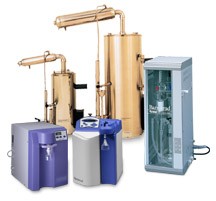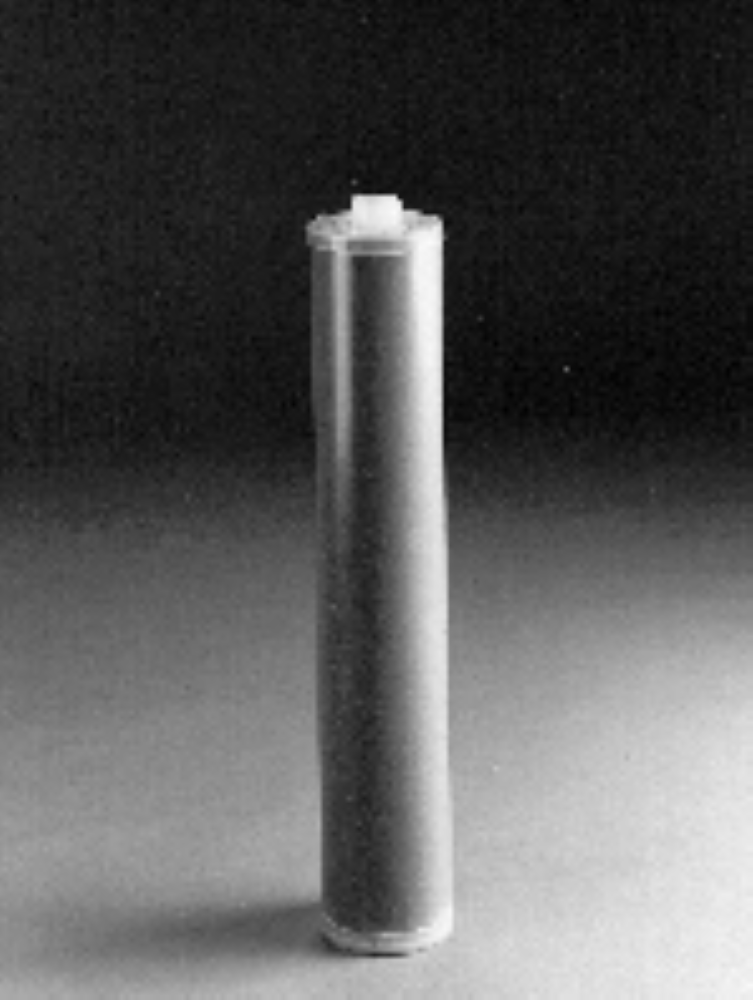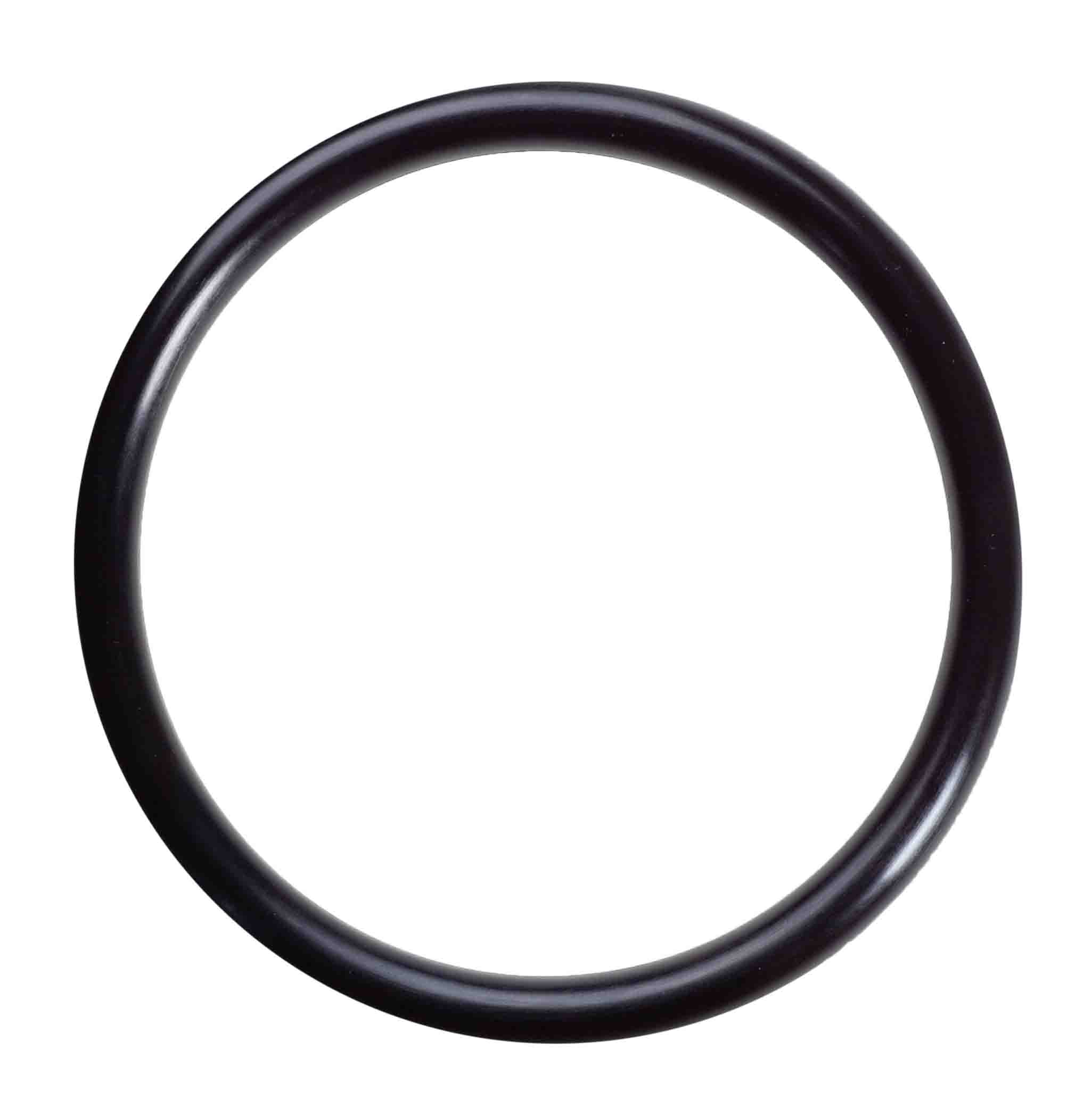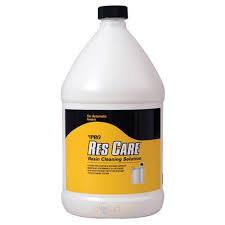 |
Need a New Laboratory Water System?
We have many to choose from. We can save you thousands on
Complete Systems and replacement filters for most brands. |
Preventing Bacterial Waterborne Diseases
Clinical
Features A range of syndromes, including acute dehydrating diarrhea (cholera), prolonged febrile illness with abdominal symptoms (typhoid fever), acute bloody diarrhea (dysentery), and chronic diarrhea (Brainerd diarrhea).
Etiologic Agent
Common agents include Vibrio cholerae, Campylobacter, Salmonella, Shigella, and the diarrheogenic Escherichia coli.
Incidence
Each year, an estimated 4 billion episodes of diarrhea result in an estimated 2 million deaths, mostly among children. Waterborne bacterial infections may account for as many as half of these episodes and deaths.
Sequelae
Many deaths among infants and young children are due to dehydration, malnutrition, or other complications of waterborne bacterial infections.
Transmission
Contaminated surface water sources and large poorly functioning municipal water distribution systems contribute to transmission of waterborne bacterial diseases. Chlorination and safe water handling can eliminate the risk of waterborne bacterial diseases.
Risk Groups
Over 2 billion persons living in poverty in the developing world are at high risk. Certain U.S. groups (residents of periurban "colonias" and remote rural areas with poor water treatment and delivery systems) are also at risk.
Surveillance
Sporadic cases are under-reported. CDC surveillance may detect a small proportion of outbreaks in the United States; outbreaks abroad are often missed.
Trends Despite global efforts during the water and sanitation decade, improvements in water and sanitation infrastructure have barely kept pace with population increases and migrations in the developing world.
Challenges Centralized water treatment and distribution systems are expensive and take years to complete. To provide the under-served with potable water in the short term requires innovative practical solutions such as point-of-use disinfection and safe water storage vessels.
Opportunities:
Electrolytic generators that produce sodium hypochlorite from salt water are now affordable and available for use in the developing world. Villages that produce and use sodium hypochlorite and that store treated water in vessels to protect it from recontamination have had nearly 50% reductions in diarrheal disease incidence for pennies per family. This strategy has been successfully field tested in households in Bolivia, Zambia, Kenya, and Pakistan, in oral rehydration clinics in Guinea-Bissau, and among street vendors in Guatemala.
Date: October 25, 2005
Content source: Coordinating Center for Infectious Diseases / Division of Bacterial and Mycotic Diseases
http://www.cdc.gov/ncidod/dbmd/diseaseinfo/waterbornediseases_t.htm
|
Images are representative of the products. Images may or may not be of the actual product. If it is important e-mail us for an actual image if available.
* Flat Rate UPS shipping when able to ship via UPS and is in the USA excluding Hawaii and Alaska.
Larger Items may not be able to ship via UPS, in that case freight charges will be quoted seperately.
International shipping will be quoted after the order is placed. You will have the opportunity to cancel before we finalize your order.
Terms and conditions
Credit Application
Privacy
Policy
List All Products
|













